Acknowledgments
Apple Cookbook is dedicated to the women who know that cooking for friends and family is not about following recipes but adding an extra pinch of love to nurture soul as well as body: Joyse Woodier, my mother (who, at 92, still bakes almost daily and puts up jams); my daughter, Wendy Busch, and my longtime best friend Ann Kojis Ziff.
There are so many people who made this book possible that I cannot mention all of them, but special thanks go to:
My dear friends, family, colleagues, and orchardists for sharing your recipes and knowledge of apples.
Julia Stewart Daly, Public Relations Director of the U.S. Apple Association in McClean, Virginia, who introduced me to many people in the apple industry and verified apple facts.
Dr. Susan Brown, head pomologist at Cornell Universitys Department of Horticultural Sciences at the New York State Agricultural Experiment Station in Geneva, New York, who steered me through the complicated issue of germ plasm and the process of breeding hybrid apples.
Jim Law of Linden Vineyards in Linden, Virginia, for his expert review of sections of the manuscript regarding aspects of growing dwarf varieties and employing Integrated Pesticide Methods.
John and Martha Storey for their faith in revising The Apple Cookbook which, when first published in 1984, won a Taste-maker Award, now known as the James Beard Foundation KitchenAid Book Award.
Sally Patterson, my editor at Storey, who guided me through the revision manuscript, and editor Dianne M. Cutillo for her indefatigable spirit in shepherding the book through its final editing.
Designers Erin Lincourt and Jennifer Jepson Smith, copyeditor Arlene Bouras, and others at Storey Publishing who have been instrumental in this new edition.

APPENDIXES
APPLE INFORMATION AND SOURCES
Apple Councils & Organizations
U.S. Apple Association
703-442-8850
www.usapple.org
The links page provides contact information for U.S. state and regional apple organizations.
Note: The U.S. Apple Association (formerly the International Apple Institute), based in McLean, Virginia, is the national trade association representing all segments of the apple industry, including the 9,000 apple growers located throughout the country.
Experimental Orchards
These orchards are among those producing new hybrid and/or heirloom apple varieties.
Applesource
1716 Apples Road
Chapin, IL 62628
800-588-3854
www.applesource.com
Breezy Hill Orchard & Cider Mill
828 Centre Road
Staatsberg, NY 12580
845-266-3979
www.hudsonvalleycider.com
Hollabaugh Bros., Inc.
Fruit Farms & Market
481 Carlisle Road
Biglerville, PA 17307
717-677-9494
www.hollabaughbros.com
Linden Vineyards
3708 Harrels Corner Road
Linden, VA 22642
540-364-1997
www.lindenvineyards.com
Salingers Orchard
230 Guinea Road
Brewster, NY 10509
845-277-3521
www.salingersorchard.com
METRIC CONVERSION
Unless you have finely calibrated measuring equipment, conversions between U.S. and metric measurements will be inexact. Its important to convert the measurements for all of the ingredients in a recipe to maintain the same proportions as the original.
General Formula for Metric Conversion
| Ounces to grams | multiply ounces by 28.35 |
| Grams to ounces | multiply grams by 0.035 |
| Pounds to grams | multiply pounds by 453.5 |
| Pounds to kilograms | multiply pounds by 0.45 |
| Cups to liters | multiply cups by 0.24 |
| Fahrenheit to Celsius | subtract 32 from Fahrenheit temperature, multiply by 5, then divide by 9 |
| Celsius to Fahrenheit | multiply Celsius temperature by 9, divide by 5, then add 32 |
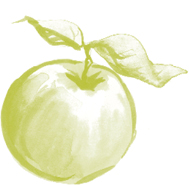
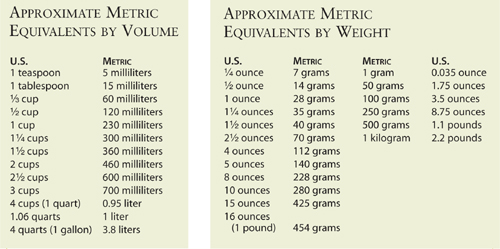
APPLES FOR GOOD HEALTH
An apple a day keeps the doctor away may not just be folk wisdom. Apples are an excellent source of dietary fiber and pectin, which help lower blood sugar, reduce cholesterol, and inhibit certain types of cancer. Today, researchers know that apples (including 100-percent apple juice and applesauce) also contain high levels of flavonoids and antioxidant phytonutrients nutrients that are found exclusively in plants. According to the National Institute for Cancer, the American Heart Association, and the American Diabetes Association, recent health studies are proving that increased consumption of fruits and vegetables, especially those containing flavonoids and antioxidant phytonutrients, helps protect against heart disease, fight diet-related cancers, and reduce hypertension and diabetes. The results of the following studies were reported from 1997 to 2000:
 In 1997, a 24-year study by Finlands National Public Health Institute reported that a flavonoid-rich diet, particularly flavonoid quercetin from apples, was associated with a 46-percent reduced risk of developing cancer.
In 1997, a 24-year study by Finlands National Public Health Institute reported that a flavonoid-rich diet, particularly flavonoid quercetin from apples, was associated with a 46-percent reduced risk of developing cancer.
 Another 25-year study by Finnish researchers concluded that the flavonoid quercetin found in apples and onions was directly associated with the lowest risk of coronary mortality.
Another 25-year study by Finnish researchers concluded that the flavonoid quercetin found in apples and onions was directly associated with the lowest risk of coronary mortality.
 British researchers made a five-year study that indicated that people who ate several apples every week had better lung function than nonapple eaters.
British researchers made a five-year study that indicated that people who ate several apples every week had better lung function than nonapple eaters.
 In 1999, the University of California-Davis reported that a laboratory study showed that the antioxidant phytonutrients found in apples and apple juice help protect against cardiovascular disease by fighting the bad LDL type of cholesterol.
In 1999, the University of California-Davis reported that a laboratory study showed that the antioxidant phytonutrients found in apples and apple juice help protect against cardiovascular disease by fighting the bad LDL type of cholesterol.
 In 2000, Finnish researchers reported the results of a 28-year study, which determined that those individuals who ate the most apples had the lowest risk of thrombotic stroke.
In 2000, Finnish researchers reported the results of a 28-year study, which determined that those individuals who ate the most apples had the lowest risk of thrombotic stroke.
 In June 2000, Cornell University researchers reported that apple phytonutrients inhibited the growth of colon cancer and liver cancer cells in laboratory studies.
In June 2000, Cornell University researchers reported that apple phytonutrients inhibited the growth of colon cancer and liver cancer cells in laboratory studies.
Other Storey Titles You Will Enjoy
250 Treasured Country Desserts,
by Andrea Chesman & Fran Raboff.
A nostalgic collection of more than 250 recipes
for home bakers to rely on for all occasions.
416 pages. Paper. ISBN 978-1-60342-152-2.
Cider, by Annie Proulx and Lew Nichols.
Thorough coverage of every step of cider making, from
choosing and planting the best apple varieties to making sweet
and hard ciders, sparkling cider blends, and cider-based foods.
224 pages. Paper. ISBN 978-1-58017-520-3.



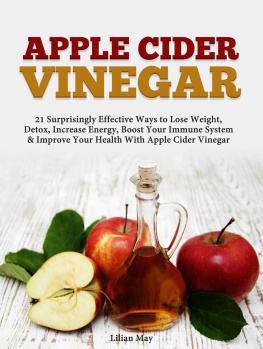
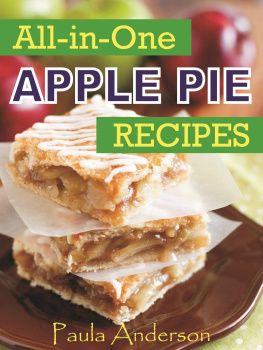
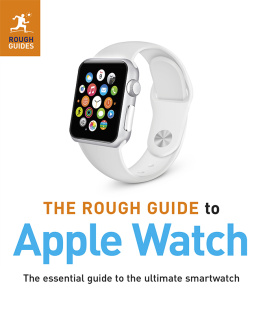
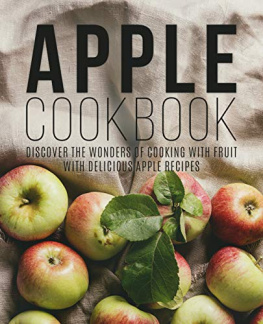
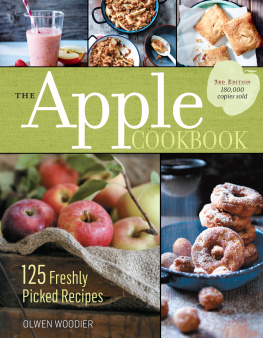
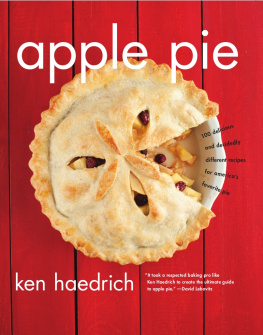
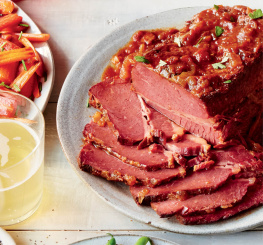
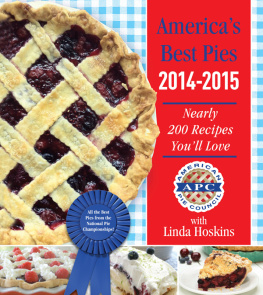
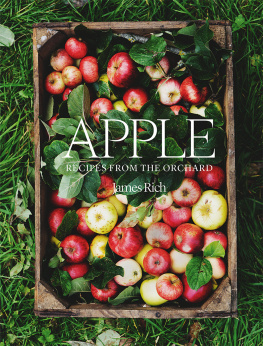
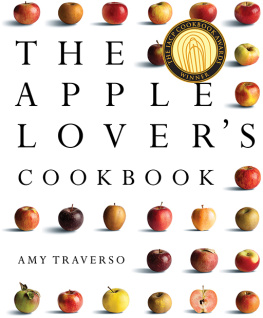



 In 1997, a 24-year study by Finlands National Public Health Institute reported that a flavonoid-rich diet, particularly flavonoid quercetin from apples, was associated with a 46-percent reduced risk of developing cancer.
In 1997, a 24-year study by Finlands National Public Health Institute reported that a flavonoid-rich diet, particularly flavonoid quercetin from apples, was associated with a 46-percent reduced risk of developing cancer.